The Swedish automotive manufacturer Volvo has released images of its pure electric ‘Concept Recharge’, a manifesto for Volvo’s future, which visualises the company’s path towards sustainable mobility.
With the Concept Recharge, Volvo details the steps it will take to reduce its car’s overall carbon footprint. It will also more generally showcase the company’s future design language and product strategy.
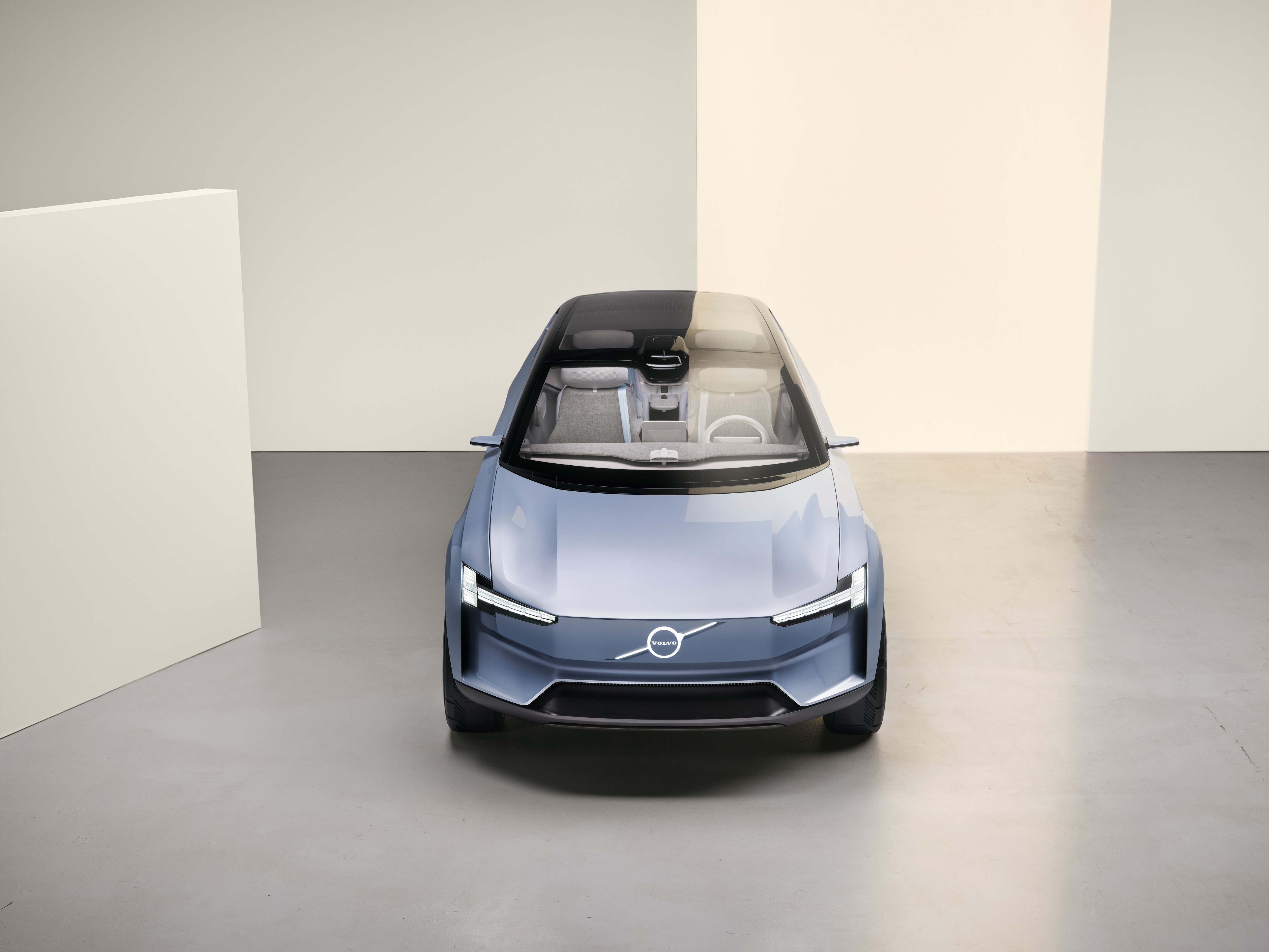
Using an SUV as an example, the exterior design details outlined in the concept incorporate innovative aerodynamic features that will improve airflow in order to increase range. These include a new wheel design, a lower roof, and a more upright rear end.
On the outside, the concept also features tyres made of Pirelli that are free from mineral oil and made from 94% fossil-free materials. These include recycled and renewable materials such as natural rubber, bio-silica, rayon, and bio-resin.
Interior wise, the design is “rich” in sustainable materials. The instrument panel top, lower doors, floor, and seat backrest is made from responsibly sourced Swedish wool. Its seat cushions come from an environmentally responsible material containing Tencel™ fibres from cellulose.
“By using Tencel fibres, which have been produced through a highly water- and energy-efficient process, Volvo designers can reduce the use of plastics in interior parts,” said Volvo in a statement.
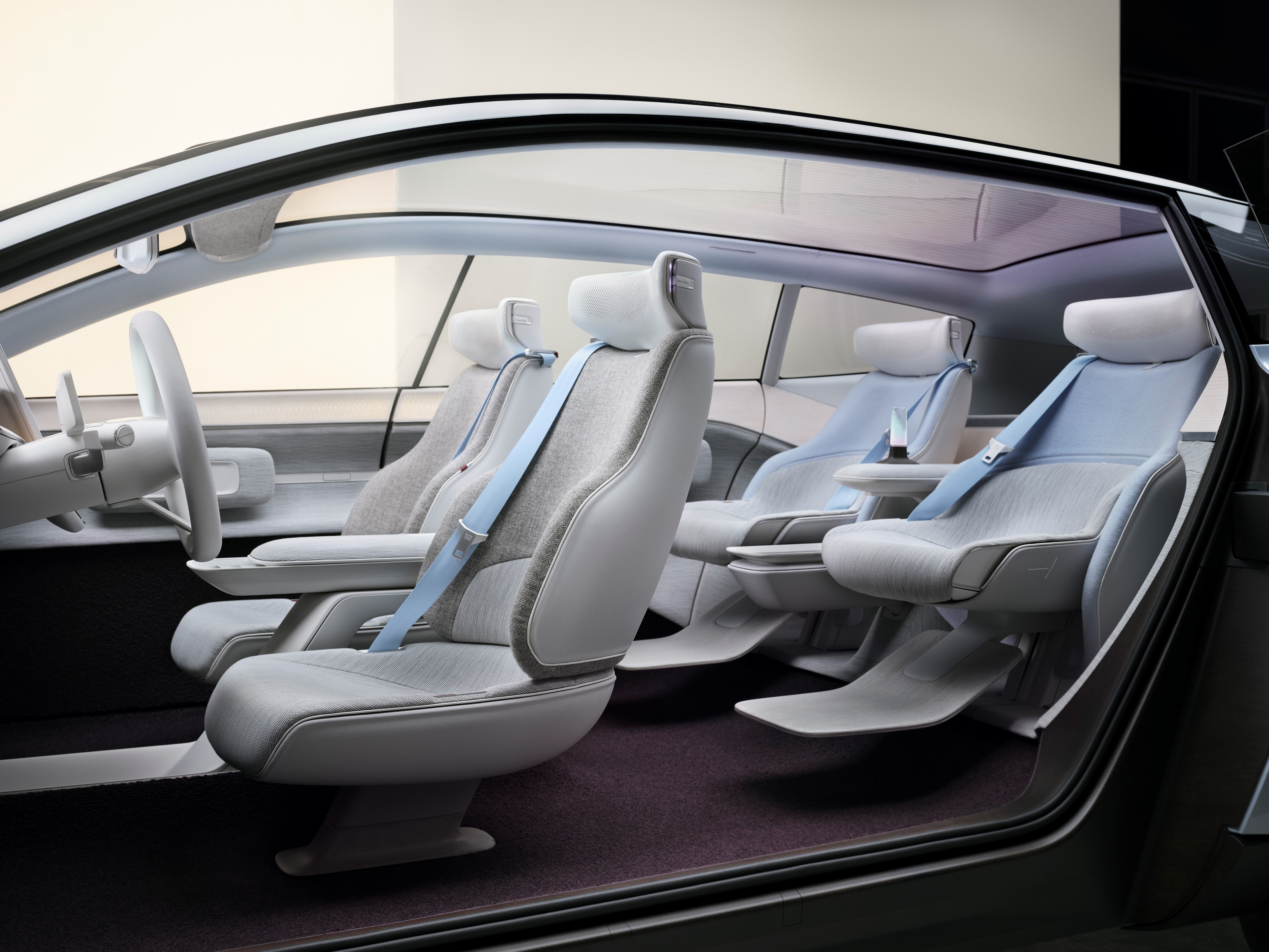
For the seatbacks and headrests, Volvo has created a new material called Nordico made from bio-based and recycled ingredients found in Sweden and Finland’s forests. This material has a 74% lower CO2 footprint than leather.
When combining these steps with the use of clean energy throughout a decarbonised supply chain, manufacturing process and use phase of the car, Volvo says it can reduce its car's lifecycle CO2 impact by 80% compared to a 2018 Volvo XC60’s internal combustion engine. This would equate to a total lifecycle CO2 impact below 10 tonnes.
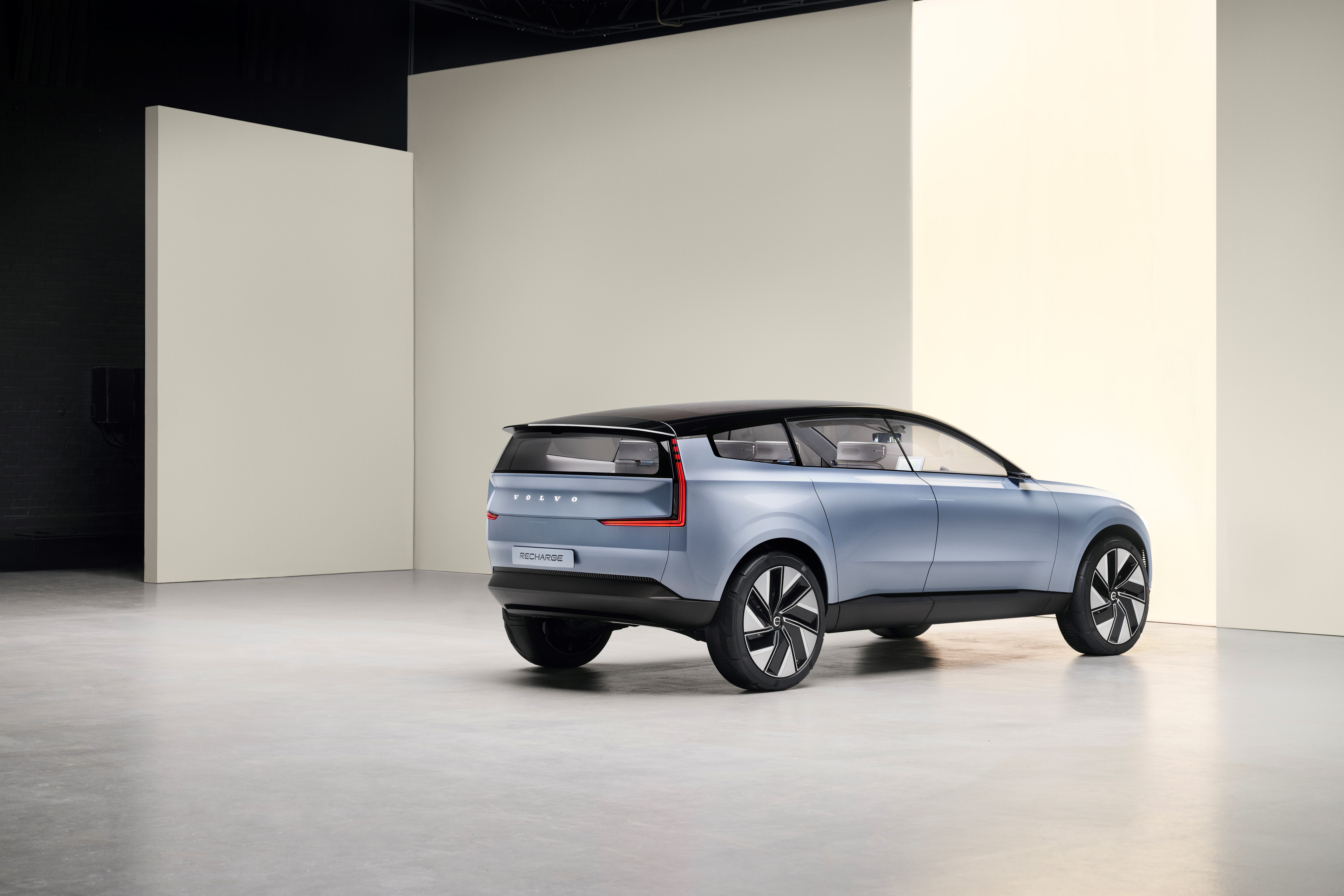
Owen Ready, head of strategic and brand design at Volvo Cars, said: “As we enter the age of the electric car, how far you can drive on a full charge will be a key consideration. The easy approach is to add more batteries, but it is not the same as simply adding a bigger fuel tank today – batteries add weight and increase carbon footprint. Instead, we have to increase overall efficiency to increase range. With Concept Recharge we explore the tension between the need for efficiency and the desire for the same space, convenience and driving experience as in today’s SUVs.”

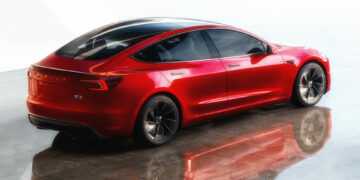
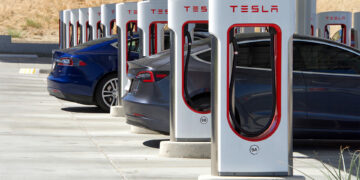


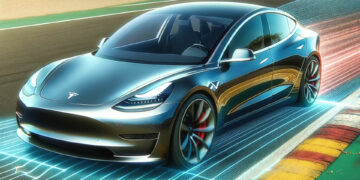
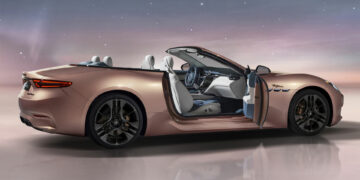

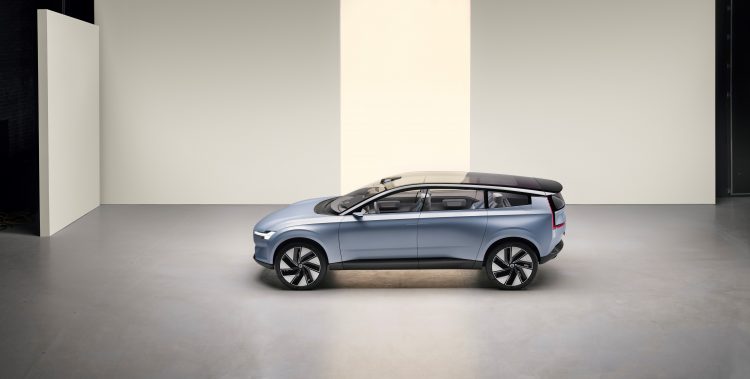








Discussion about this post